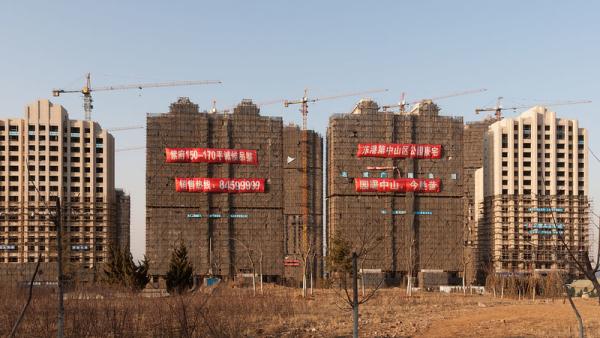What China’s latest GDP numbers tell us

James Laurenceson, Deputy Director, Australia-China Relations Institute, University of Technology Sydney |
This article appeared in Business Spectator on July 24 2015.
Here’s the key takeaway from China’s latest GDP numbers released last week: there’s now greater reason to be optimistic that growth of around 7 percent is sustainable.
China’s economy expanded by seven percent in the second quarter, just as it had done in the first. But the real story was how this growth was achieved.
First, there was confirmation that China’s economy has made the leap to being driven by services. Put another way, the traditional powerhouse sectors of manufacturing and construction (collectively called the “secondary sector”) can be sluggish and the government’s growth target of seven percent can still be met.
Growth in the secondary sector continues to slow, a trend that began in 2010. Back then it was growing at 12.7 percent, compared with 6.1 percent now. Last year was the first since 1990 in which the secondary sector was a drag on the overall economy as it expanded at a slower pace than GDP. But the slowdown has proven manageable for a couple reasons.
Most importantly, the secondary sector is just not as big a slice of the economic pie as it used to be. In 2010 it accounted for 46.2 percent of GDP. That fell to 42.6 percent by the end of last year.
The government has also lowered its overall growth target from being above eight percent to seven percent. Keep in mind that because the economy is much bigger now, even when it is growing at seven percent it is still adding more dollars than when it was growing at 10 percent five years ago.
The share of services on the other hand has grown from 44.2 percent to 48.2 percent. And the latest numbers show services growing at a brisk 8.4 percent.
Some commentators have pointed out that this 8.4 percent appears to rely on particularly rapid growth in the sub-sector of financial services. And with China’s stock markets now in retreat, this may not be repeated in the second half of 2015. But back-of-the-envelope calculations suggest that even if financial services had grown at its historical average rate, China’s GDP growth would have only been 0.2 percent points lower at 6.8 percent: hardly a catastrophe.
That China’s economy is now services-driven bodes well for the sustainability of growth.
In the short run, forward indicators such as the HSBC China Services Purchasing Managers Index (PMI) remain in expansion territory – and above the manufacturing PMI – albeit the figure for June was down on the previous month.
In the medium and long-term, the potential for growth of the services sector is underpinned by the observation that its share of GDP remains much lower than in higher income countries. In Australia the share is 70 percent, while in the US it’s 78 percent. One can even look at China’s richer provinces: it’s 78 percent of Beijing’s GDP too.
Another key message from last week’s figures is that China’s economy can grow at seven percent without a big monetary policy sugar hit.
China’s central bank has been making headlines in 2015 for cutting the reserve requirement for banks, along with interest rates. The reserve requirement now stands at 18.5 percent, down from 20 percent at the beginning of the year. The benchmark interest rate has fallen from 5.6 percent to 4.85 percent.
But both remain high in relative terms. The reserve requirement today is actually higher than it was prior to the GFC. And in the US, EU and Japan, benchmark interest rates are set at zero.
At the same time China has been experiencing outflows of capital abroad and falling inflation. What this has meant is that cuts to the reserve requirement and interest rates have been necessary just to maintain the stance of monetary policy, let alone loosen it.
Finally, on the demand side, there was good news on the rebalancing front. Growth is steadily becoming more reliant on domestic consumption rather than investment and net exports. Consumption accounted for 60 percent of growth through the second quarter. This compares with 54.4 percent at the same time last year and 45.2 percent mid-way through 2013.
Author
Professor James Laurenceson is Deputy Director of the Australia-China Relations Institute at the University of Technology Sydney.

